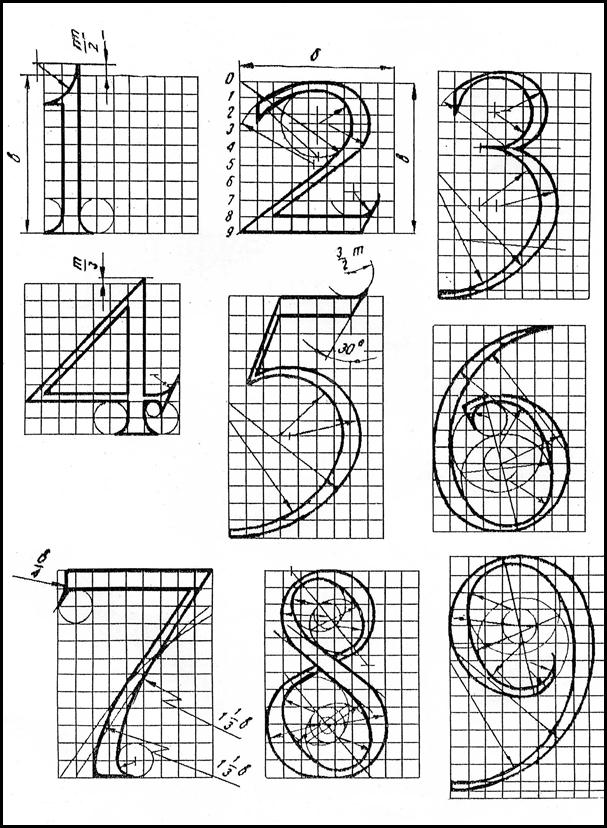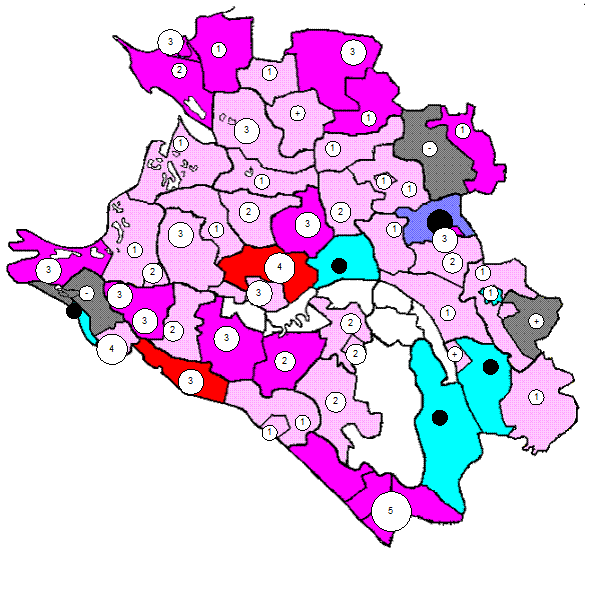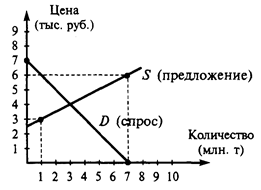| Compound Sentences (Proper)
| Compound-Complex Sentences
|
| contain only coordinate clauses
| contain both coordinate clauses and subordinate
|
| The front door of the little wooden hut opened (first coordinate clause) and a little old woman in a brown worn-out dress came out of it. (second coordinate clause)
| Mr. Bloomberg was very proud (principal clause) when he heard about his son’s success (subordinate clause), but at the same time he knew (principal clause) that it was just luck. (subordinate clause). = 2 principal clauses + 2 subordinate clauses
|
5. Complex sentences may havea hierarchy of clauses, that is, they may have consecutive or successive subordination.
6. Complex sentences may have several homogeneous subordinate clauses of equal rank joined by means of coordination. They contain a principal clause and one or more subordinate clauses coordinated with each other. This kind of relationship is called parallel subordination or co-subordination.
7. The information about complex sentences is summed up in the table below:

 Complex Sentences
Complex Sentences
| Complex Sentences with Successive (Consecutive) Subordination
| Complex Sentences with Parallel Subordination (Co-subordination)
|
The teacher realized (principal clause) that the class did not understand the rule (1st subordinate clause) that had just been explained to them (2nd subordinate clause that is subordinated to the 1st one). = 1 principal clause + 2 subordinate clauses one of which is subordinate to the other
principal clause
1st subordinate clause
2nd subordinate clause
| The headmaster told the teachers (principal clause) that Weekly Reviews were to be written on Fridays (1st subordinate clause) and that they should be marked by Mondays. (2nd subordinate clause) = 1 principal clause + 2 homogeneous/parallel subordinate clauses
principal clause
1st subordinate clause + 2nd subordinate clause
|




 Complex Sentences
Complex Sentences





